Our know-how
Discover our formula creation processes and the controls we implement during these processes. Formula design involves choosing ingredients, based on the desired texture and effectiveness. These choices are conditioned by the stability of the product. You have to start over many times, find the right dosages, the right integration methods and the right order of addition of each component to arrive at the final laboratory formula. This is what we explain here. During the subsequent industrial transposition, other stability tests, other controls and adjustments are still necessary.
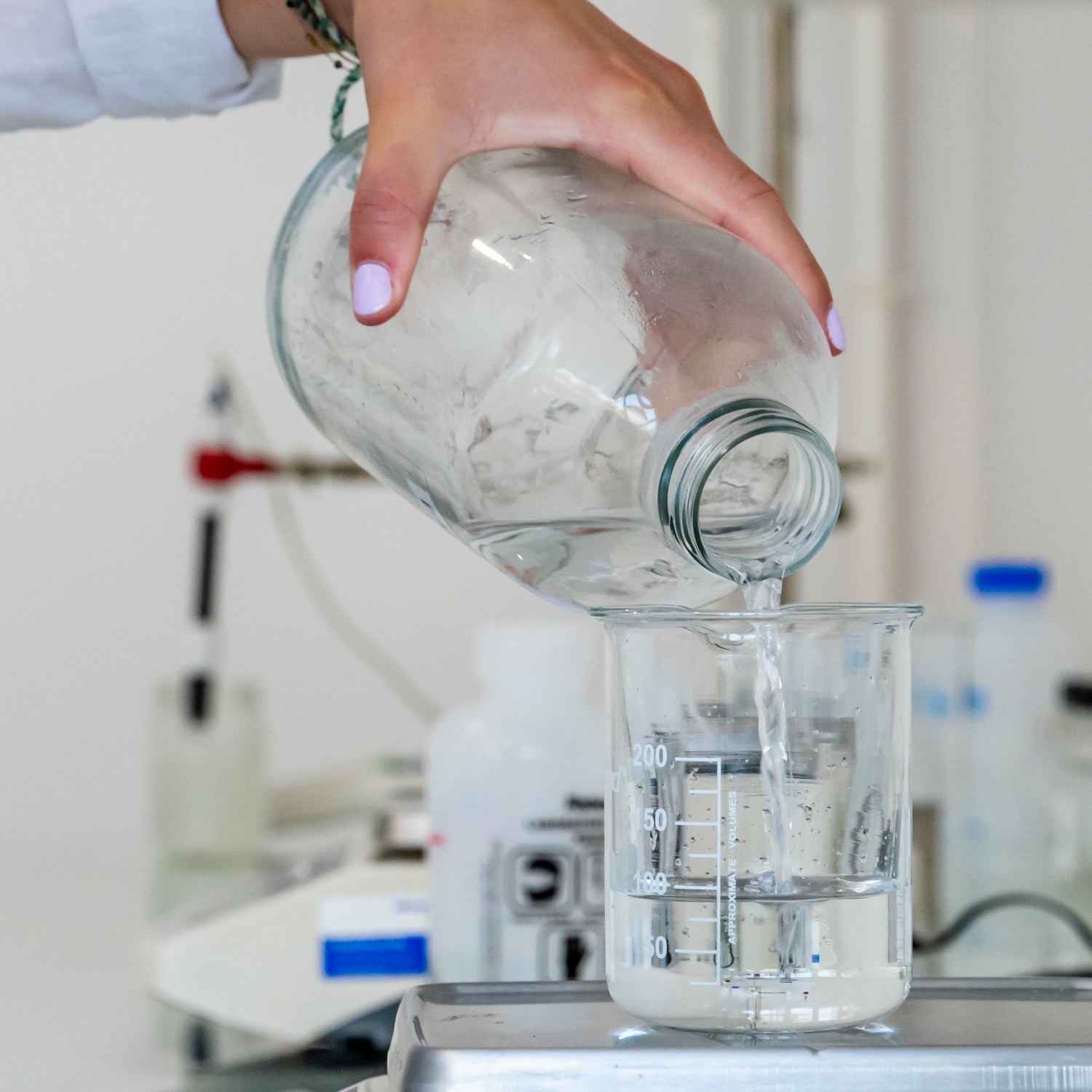
Weighing the ingredients
Weighing water
Water is essential because it allows water-soluble active ingredients, such as vitamins and antioxidants, to be efficiently transported to the deeper layers of the skin. Water contributes to obtaining a fluid texture, facilitating rapid absorption. Water is also the solvent to dissolve active ingredients, facilitating their incorporation into formulas. Finally, water helps to stabilize certain active ingredients. But water is also a crucial quality point: we control all its parameters and its entire circuit in the factory. We analyze it constantly.

WEIGHING THE INGREDIENTS
The right dosage
Each ingredient must be weighed with precision scales, regularly calibrated. The ingredients can be in liquid or solid state, for example a powder. Our team of formulators deploys all its know-how to integrate the different presentations (liquid, solid, semi-solid) of raw materials into our formulas, at the right time and with the right process for an optimal mixture.
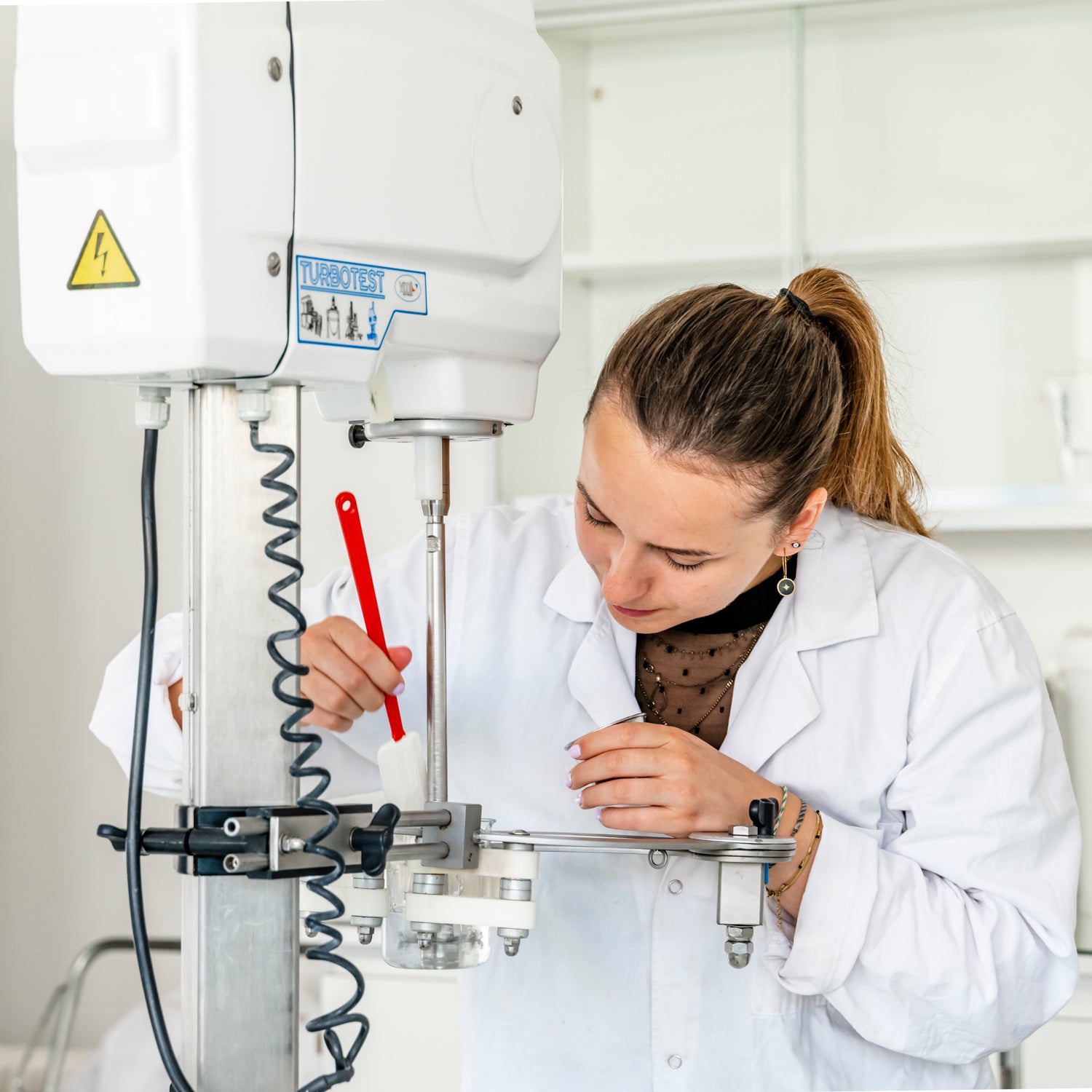
The mixture
Heating and mixing
The water is heated to a controlled temperature to facilitate the dissolution of water-soluble ingredients. Once the water is heated, the water-soluble ingredients are gradually added while stirring the mixture. The equipment and rotation speeds vary depending on the types of materials to be incorporated.

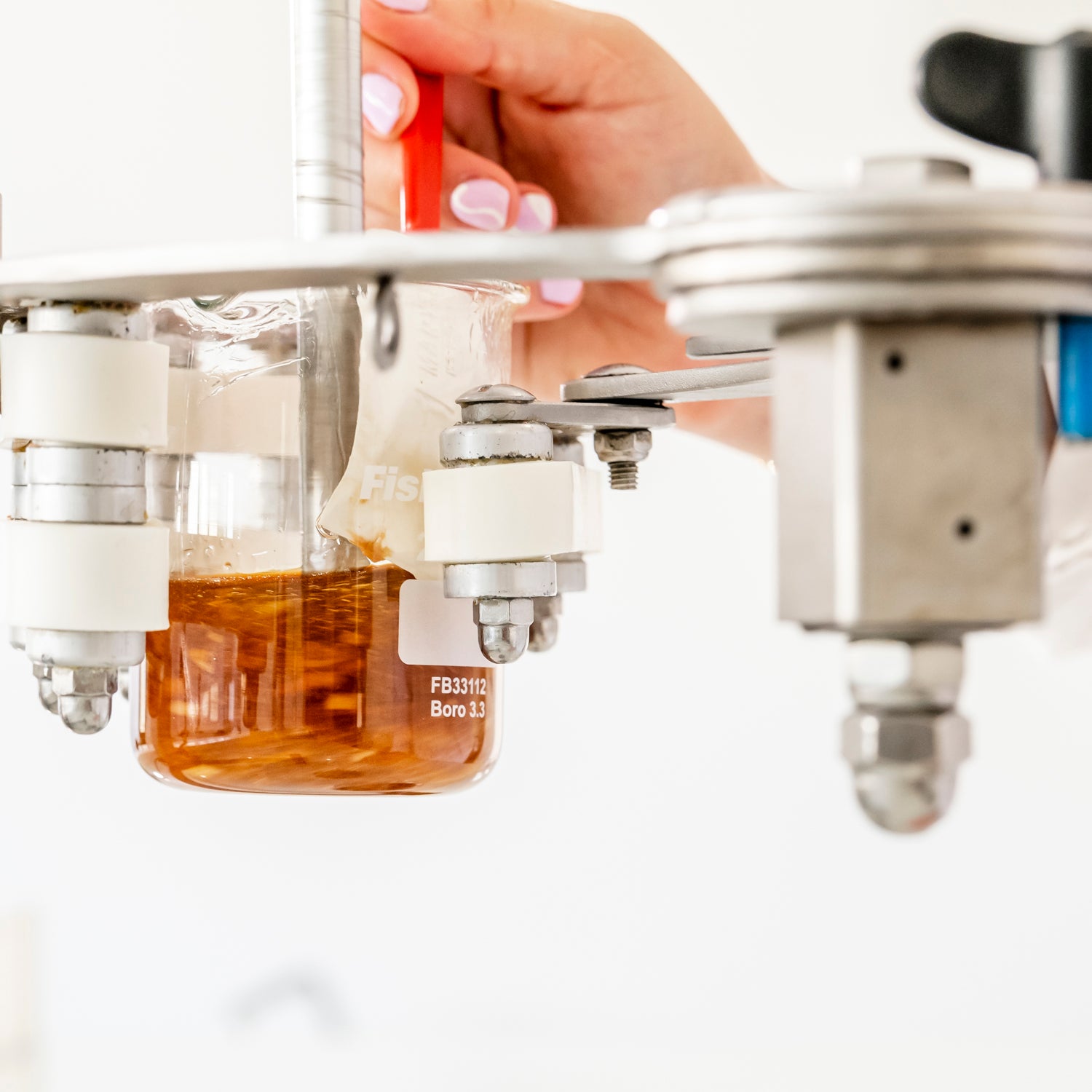
These are the ingredients that determine the color and odor of the finished products, when the choice is made not to add a perfume composition or not to restrict oneself to odorless raw materials.
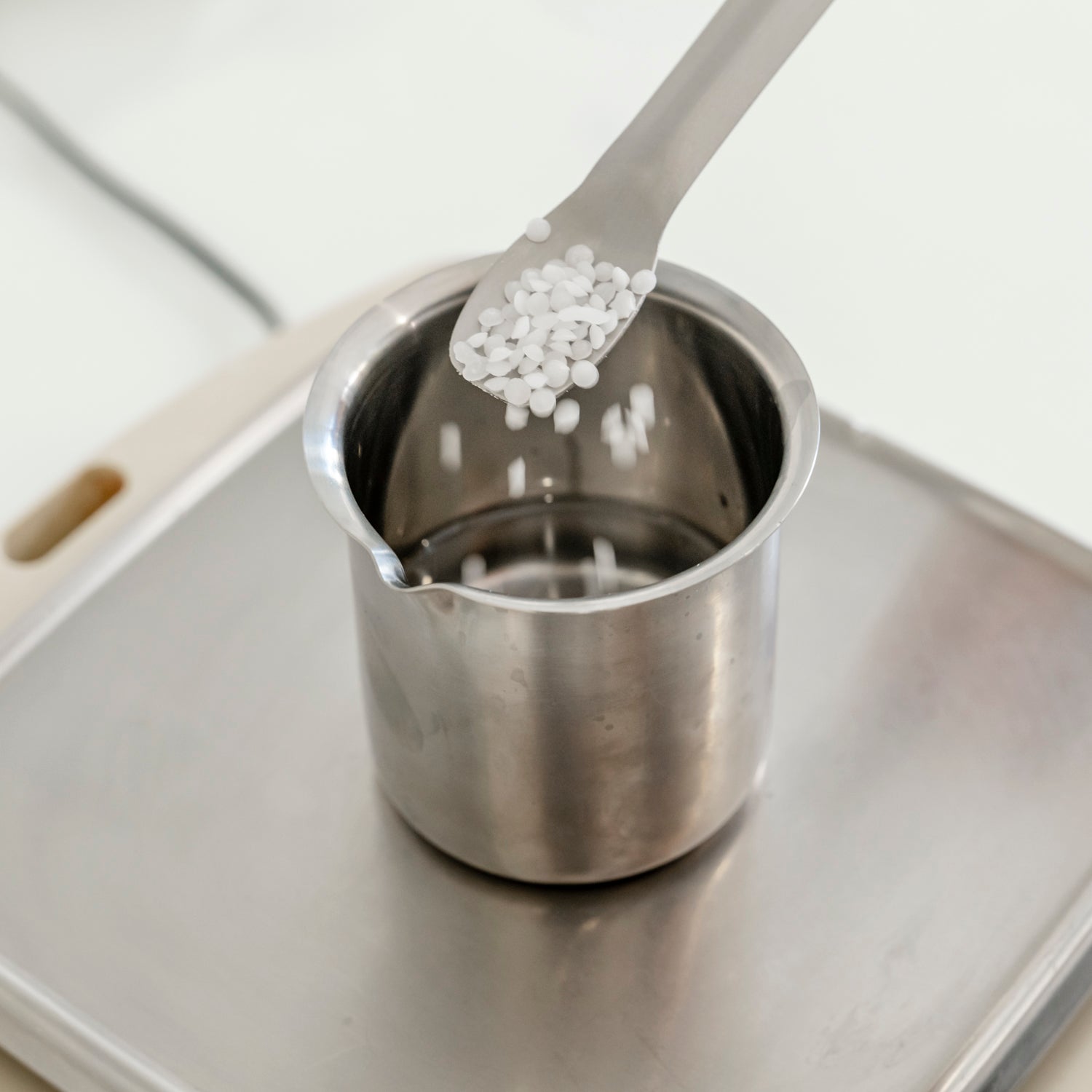
As many times as there are different ingredients in a formula, the raw material samples are taken. It is important to know that there is a precise order to determine to develop a homogeneous and stable formula. This is the operating mode specific to each formula. It is determined by chemists specializing in cosmetic formulation.
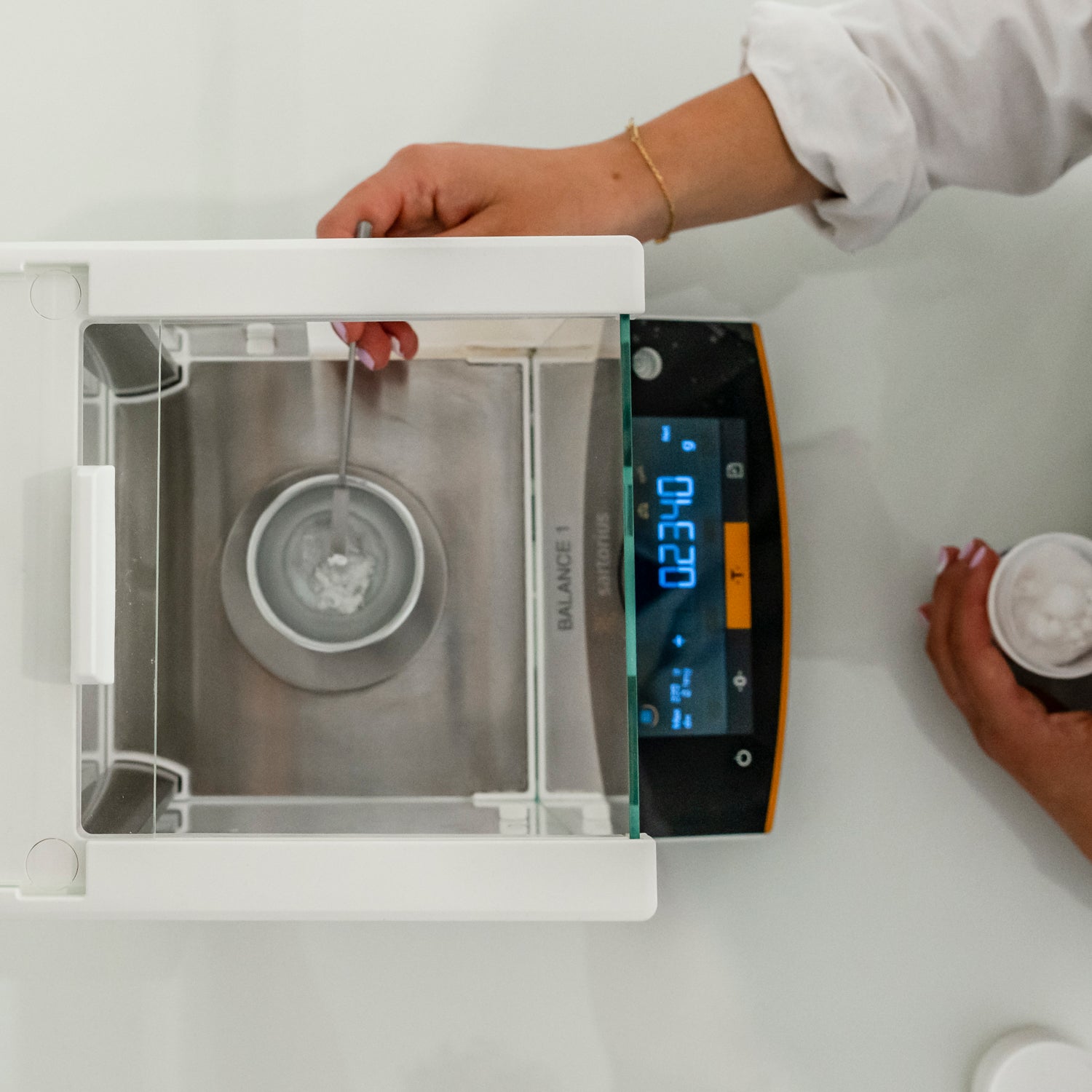
The specific weighings and incorporation processes are repeated, so that each ingredient can be optimally integrated as the final mixture is formed.
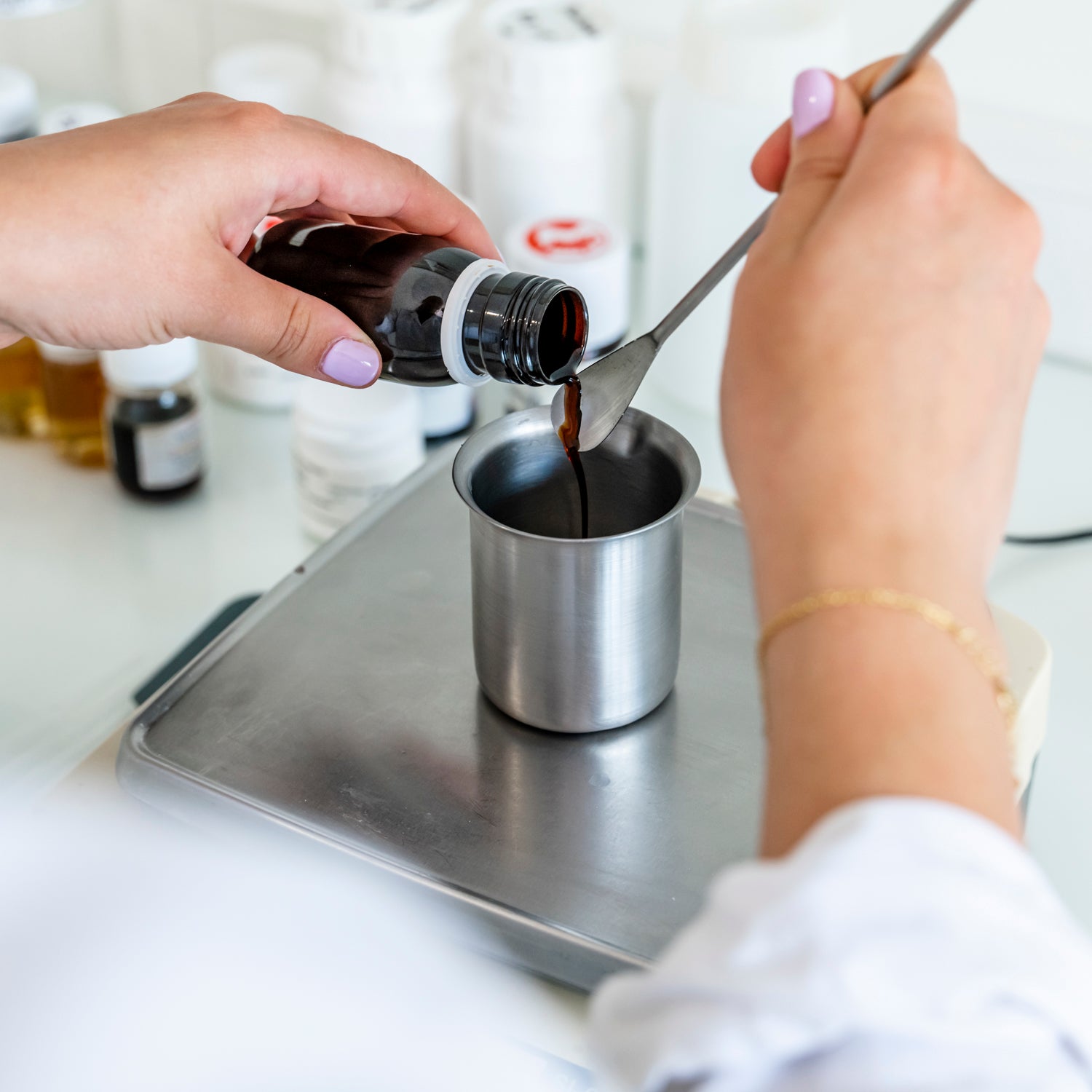
Good to know
Plant extracts do not necessarily have the smell and color of the original plant. For example, a cinnamon extract will not smell like cinnamon and a licorice extract will not be black.
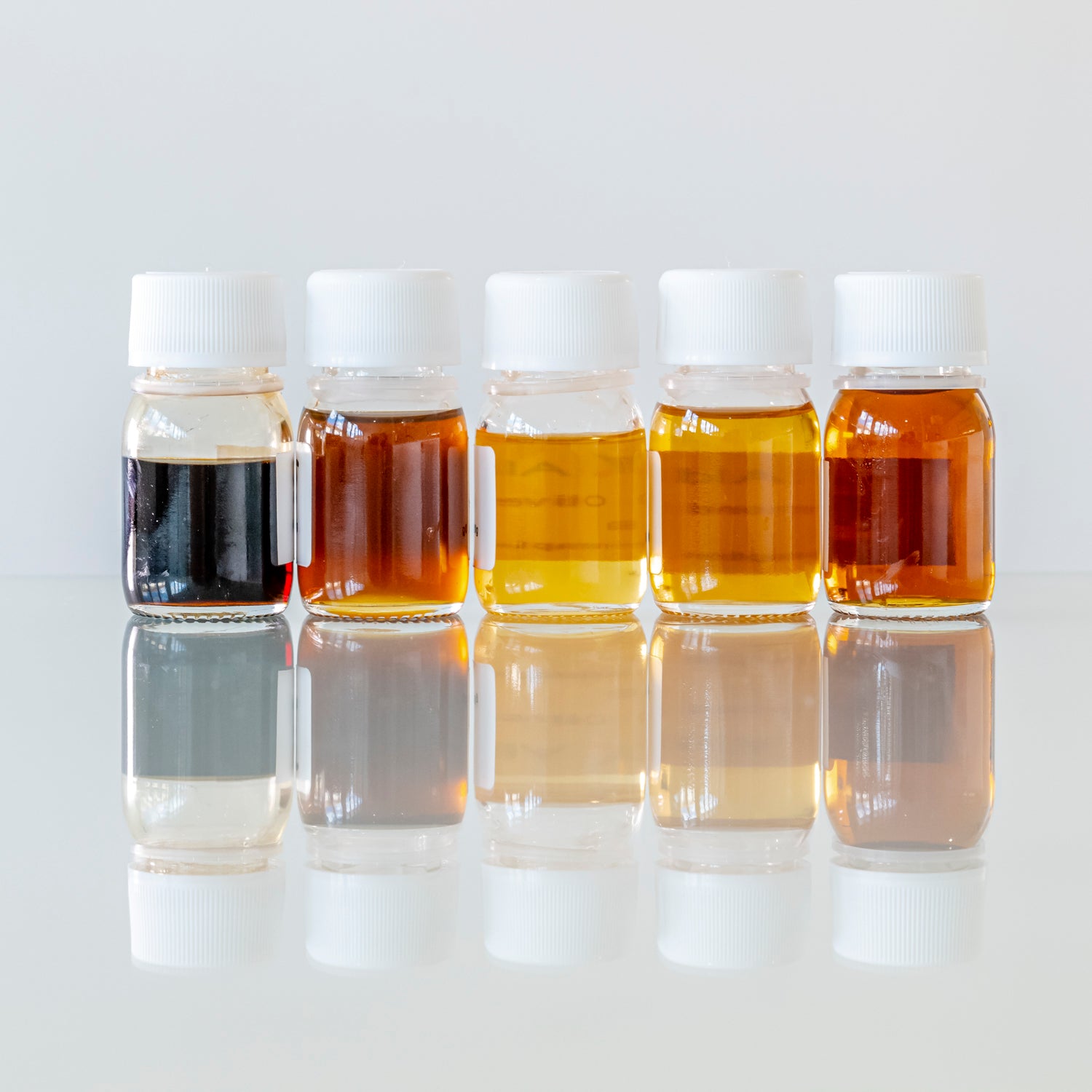
All shades exist. There are also many colorless plant extracts.
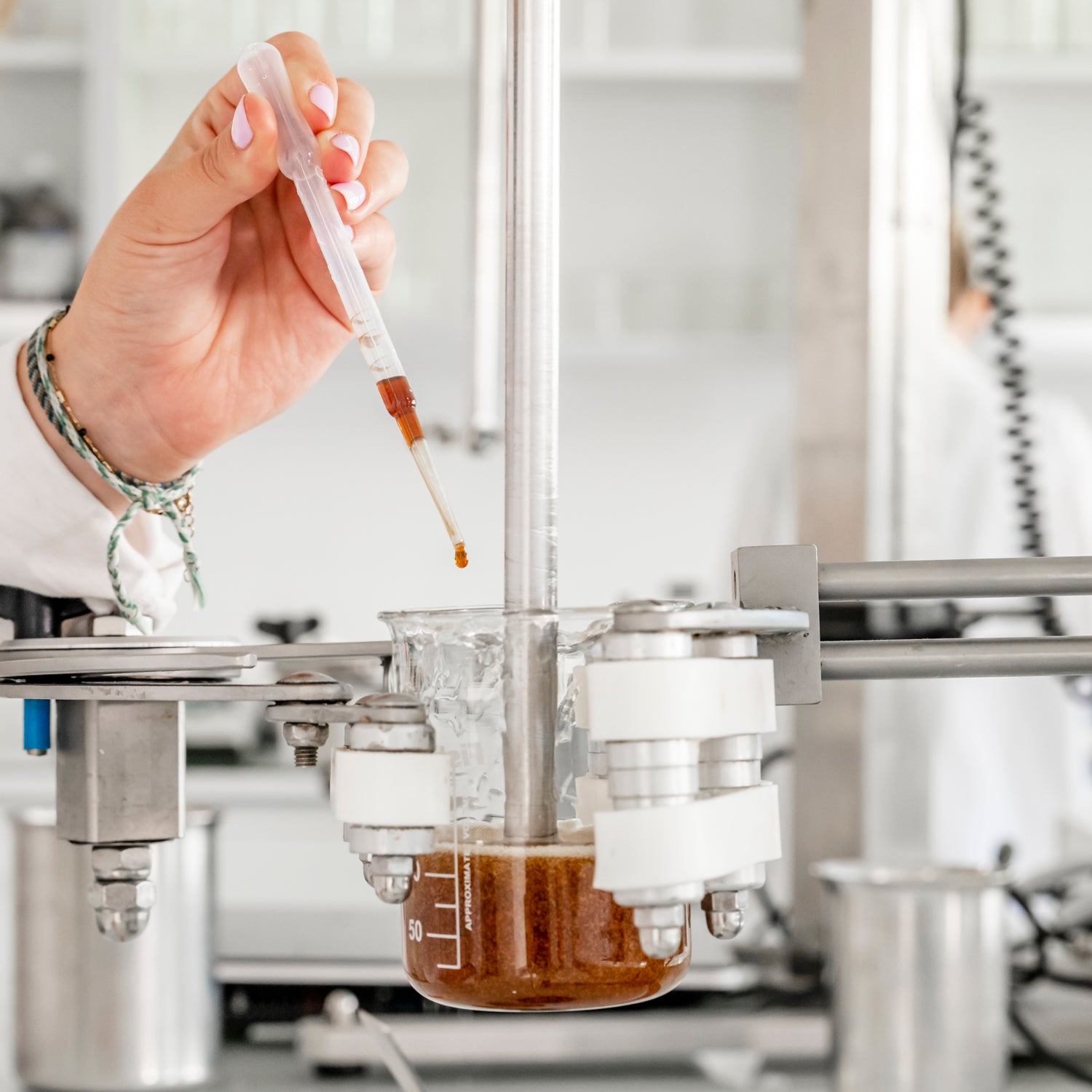
Samples and controls
In-Process Control
During the formulation of a serum, several checks are carried out to ensure the quality, stability and effectiveness of the final product.
pH control : The pH is checked regularly to ensure that it is compatible with the skin (usually between 4.5 and 6.5) and that it is in line with the stability of the active ingredients. An inappropriate pH could reduce the effectiveness of the active ingredients or cause skin irritation.
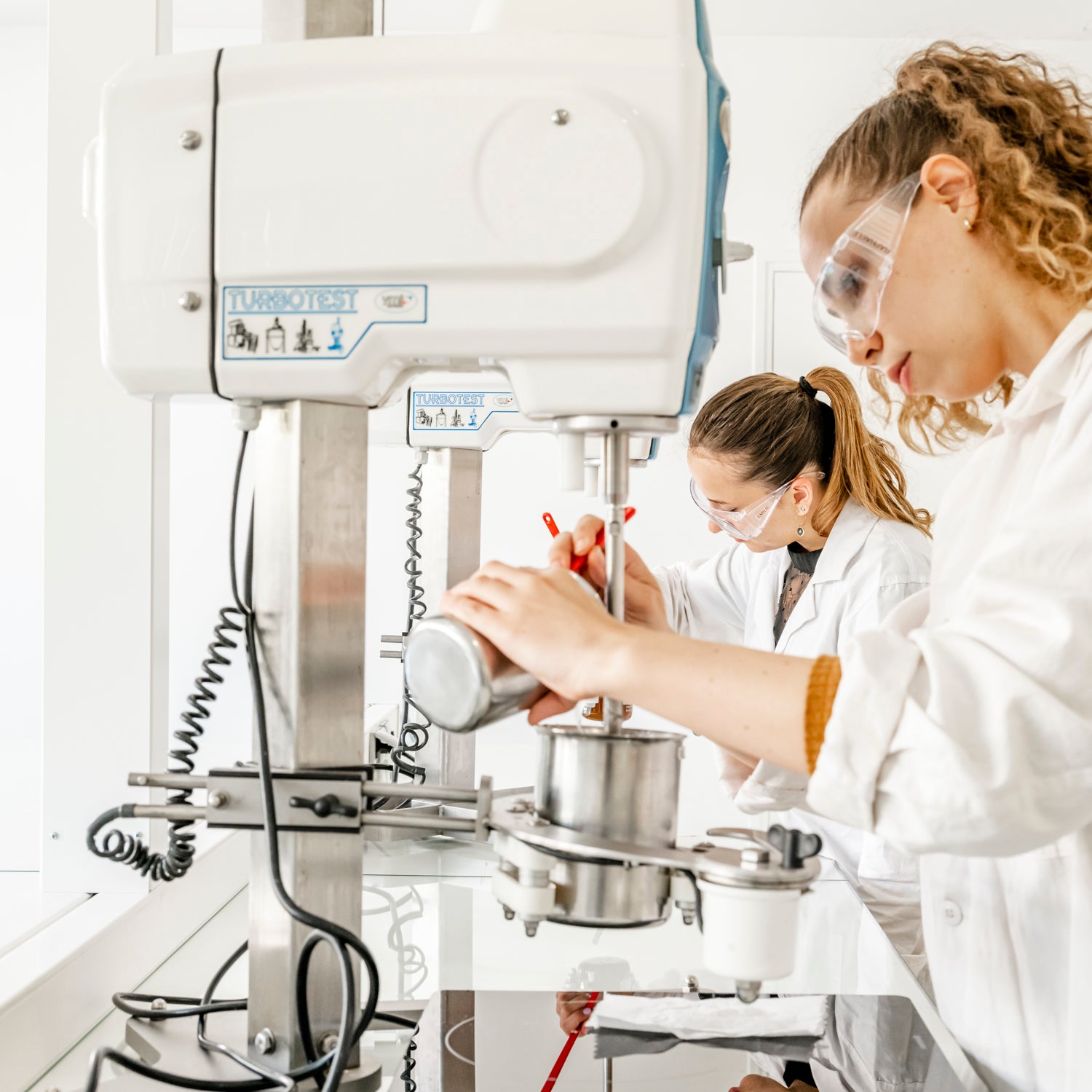
Viscosity control : Texture and consistency are assessed to check the desired viscosity. A serum that is too thick or too liquid may not spread well on the skin.
Microbiological control : A control of the microbial load is carried out during formulation. This is to ensure that the serum is free from bacterial or fungal contamination.

Organoleptic control : This control includes the visual (appearance), olfactory (smell), and tactile (texture) evaluation of the product. It ensures that the serum has a homogeneous appearance.
Temperature Control : Temperature is controlled to ensure that ingredients are added or mixed at adequate temperatures to ensure effectiveness and prevent degradation.
Dispersion test : This test ensures that the water-soluble ingredients have dissolved well, thus guaranteeing homogeneity of the final product.
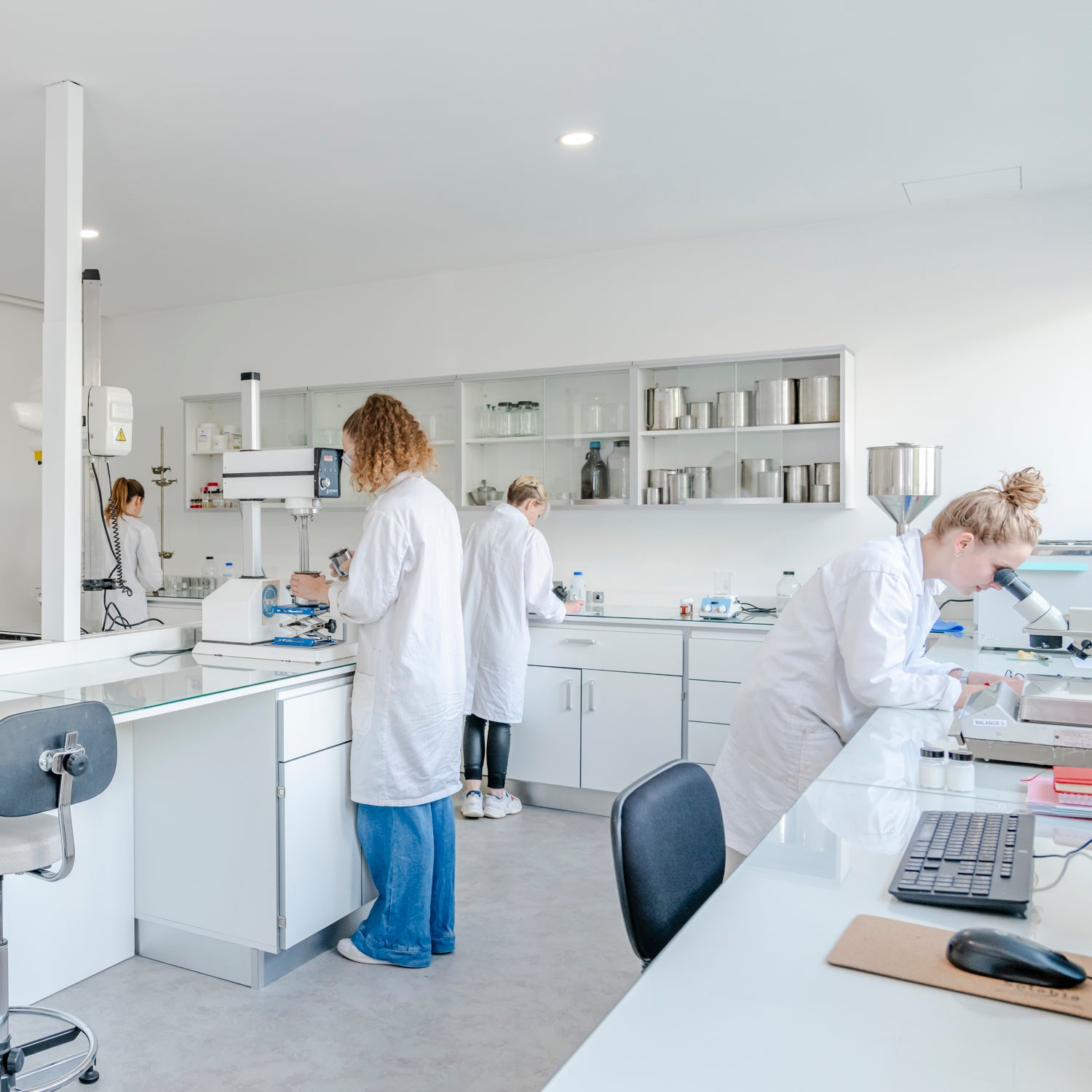
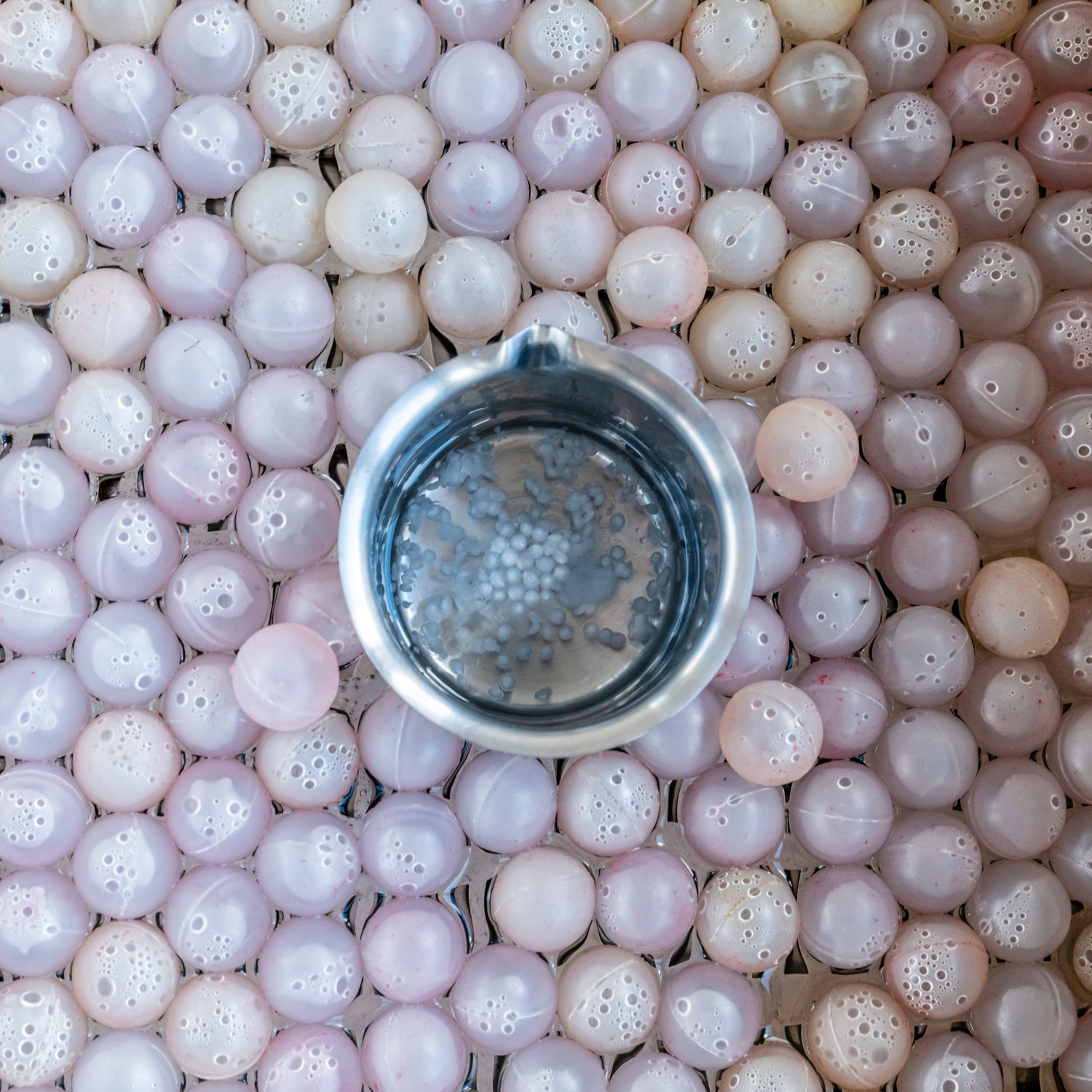
A whole team is mobilized to create high-quality, high-tolerance formulas.
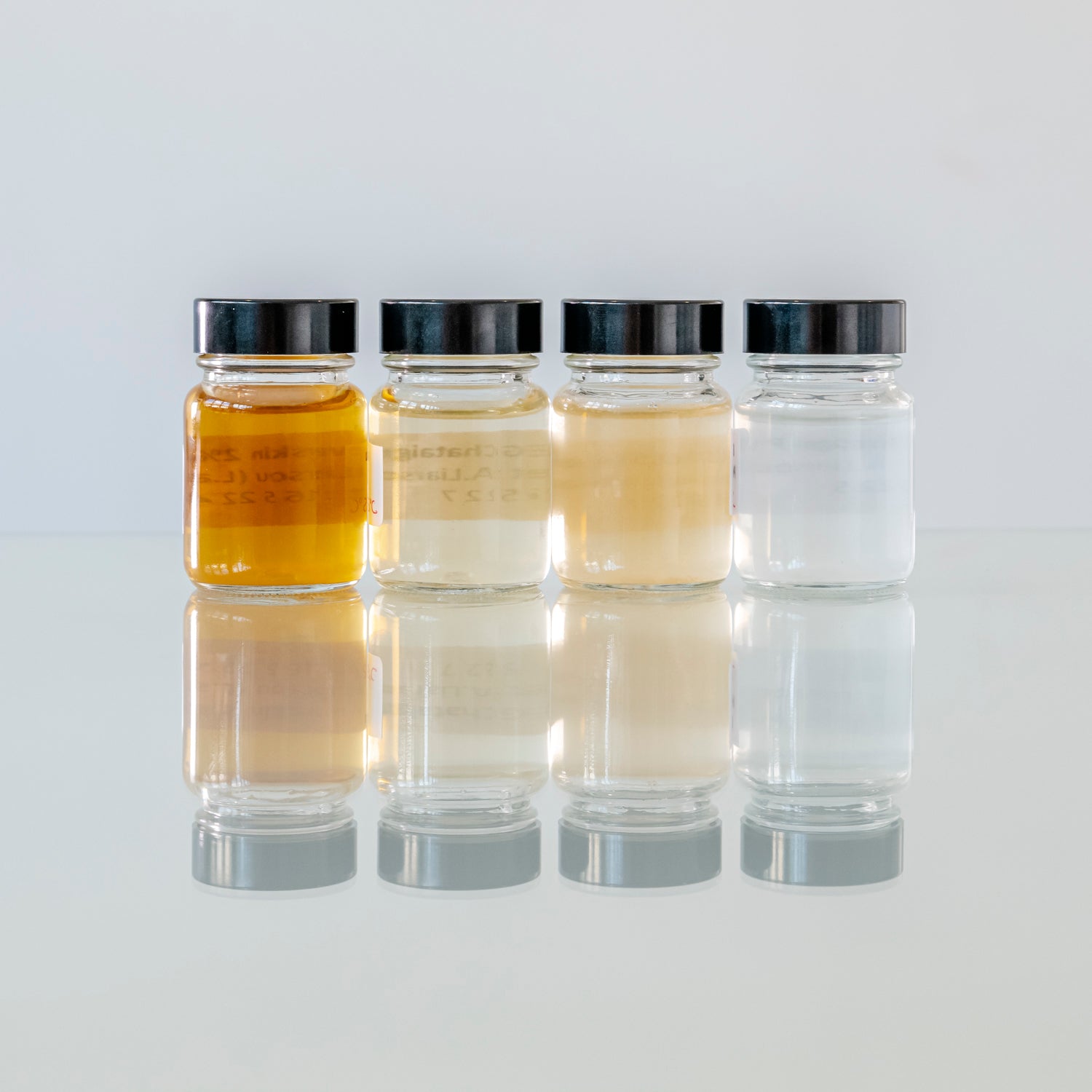
Once the finished product samples are obtained, they are tested with heat, cold and light to observe stability over time.
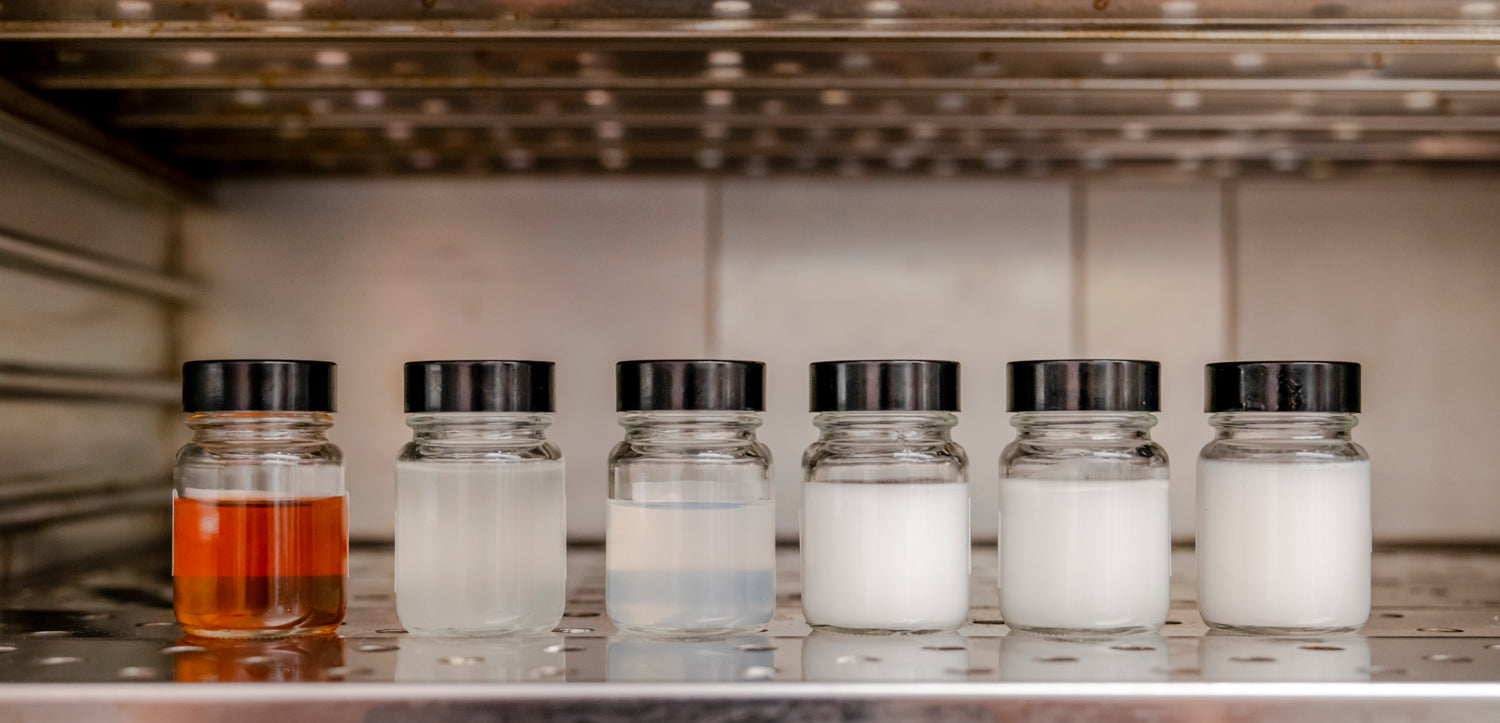
Samples in the oven
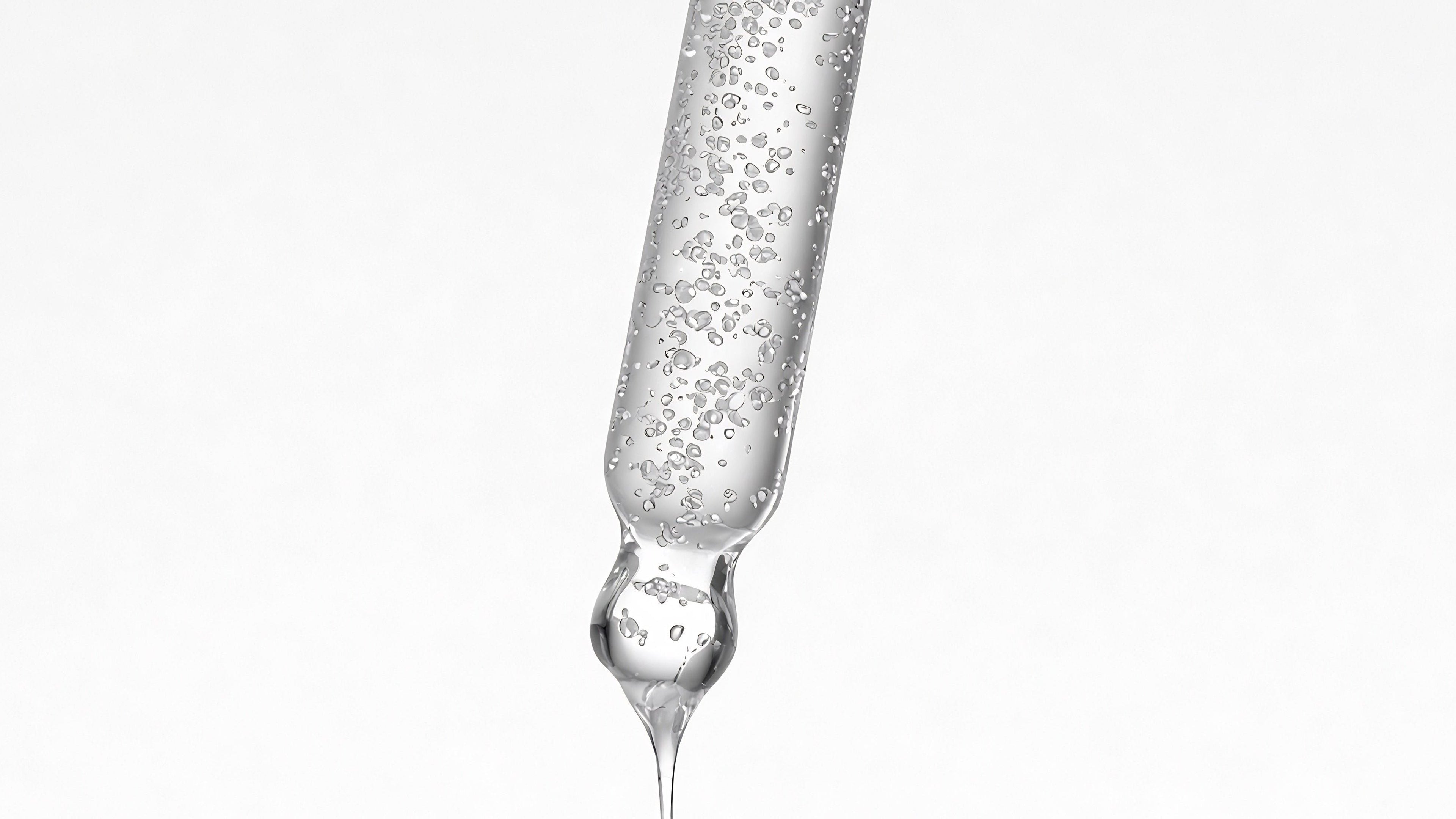

Portfolio formulation
Discover new images soon.
Learn all about our SPCG® Technology
Find information on our technology for Supporting Generative Cellular Processes in the skin by clicking here.
